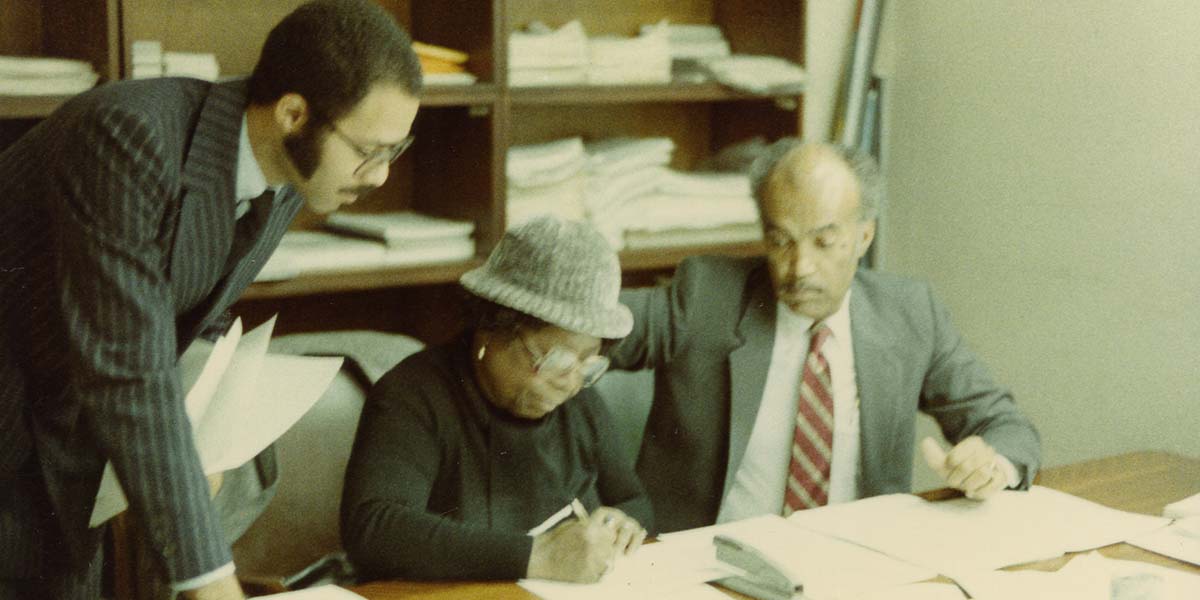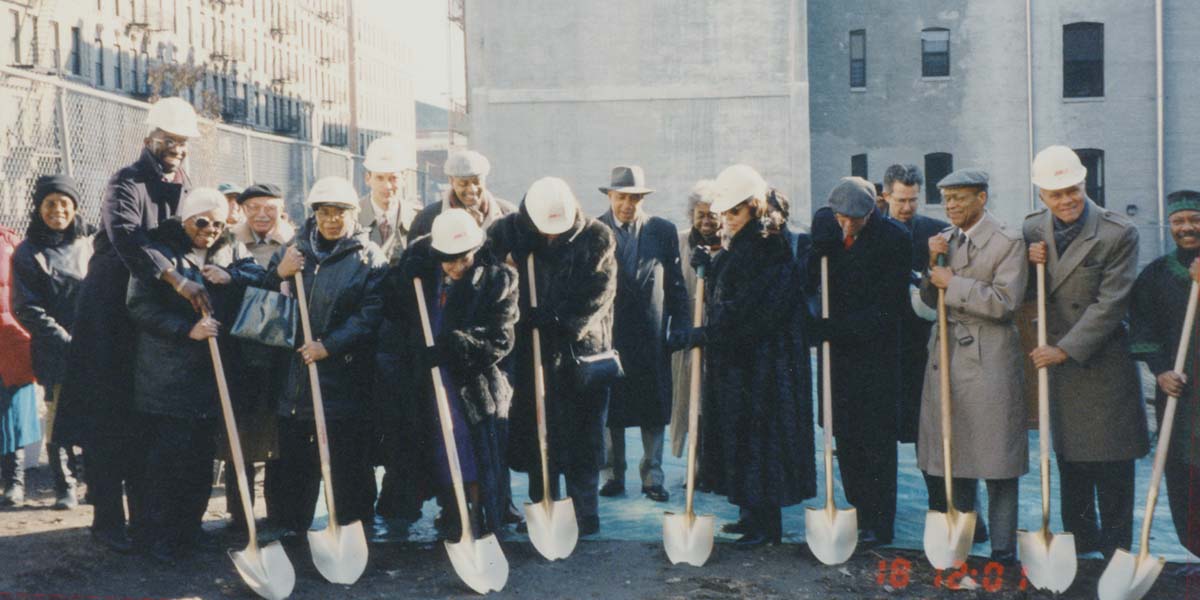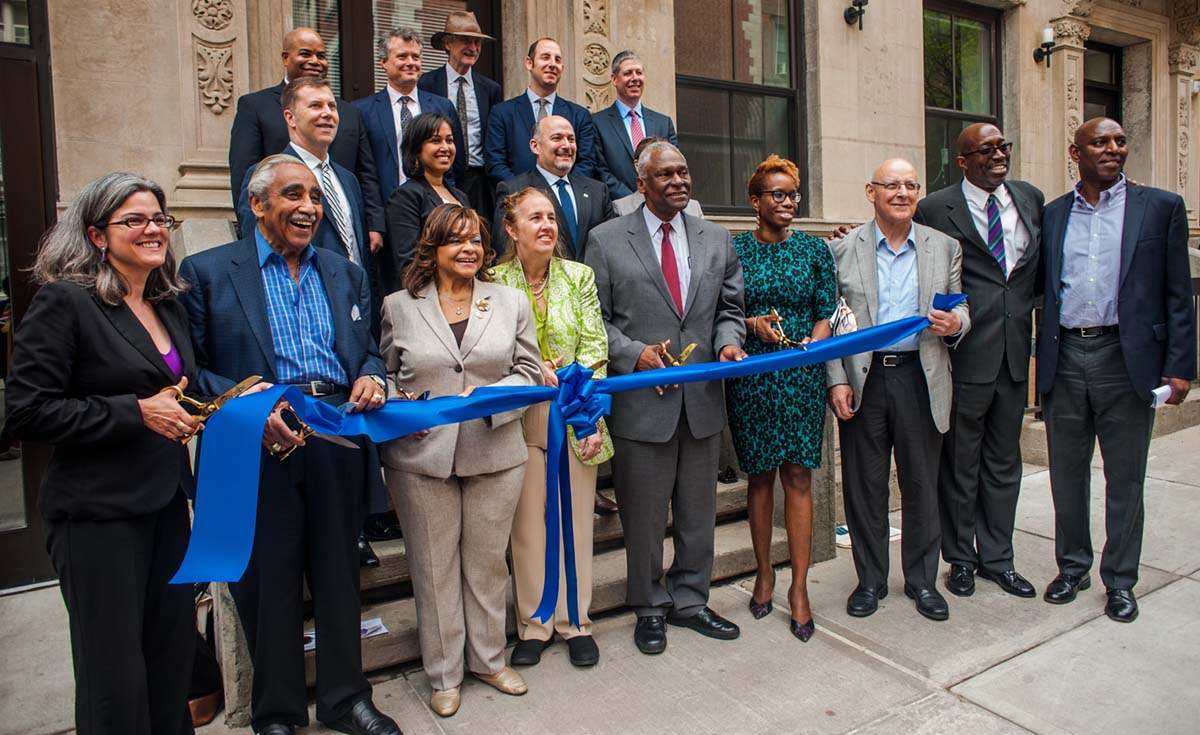About West Harlem Group Assistance
West Harlem Group Assistance, Inc. (WHGA) is an award-winning community development corporation leading NYC in building and preserving smarter, safer and more inclusive communities. Our mission is to strengthen the economic viability of Harlem and empower our clients to lead in the new frontier of social change. We provide every member of our community access to safe, affordable housing and programs that improve their quality of life, personally and professionally. Our services are designed to advance small businesses, families, those displaced by crises and individuals struggling with mental or physical health issues.
Our History
THE ABANDONMENT ERA 1970 – 1986
ACQUIRED 6 BUILDINGS CONSTITUTING 92 UNITS OF VARIOUS SIZES
In the 1960s, Harlem was in dire economic straits. Community blight, engineered by discriminatory banking practices and unscrupulous economic divestment schemes made it impossible for one of the nation’s largest Black communities to thrive. We were founded in 1971 by community activists concerned about the lack of decent affordable housing and social services in West Harlem and Hamilton Heights.

Community activists create WHGA as the one of the first community development corporations in Harlem.
THE REVITALIZATION ERA 1987 – 2000
ACQUIRED 53 BUILDINGS CONSTITUTING 763 UNITS OF VARIOUS SIZES
Changes in the tax laws incentivized private investment in affordable housing. The timing of this legislation and the growth in investment marked Harlem’s transition into the Revitalization Era.

Groundbreaking for Joseph Yancey Houses. (1999).
THE SECOND RENAISSANCE ERA 2001 – PRESENT
ACQUIRED 40 BUILDINGS CONSTITUTING 982 UNITS OF VARIOUS SIZES
With the new millennium came a new perception of Harlem as an area ripe for growth and new beginnings. The real estate market began to skyrocket, ushering in an unprecedented era of growth and prosperity. The city was soon leading an aggressive effort to reclaim and renovate abandoned buildings. Harlem’s newfound status as a reinvigorated arts district came at a price to
the longtime low-and-moderate-income residents who increasingly saw themselves priced out of the real estate market.

The ribbon-cutting ceremony for Phase I of the re-development of A. Philip Randolph Houses.
